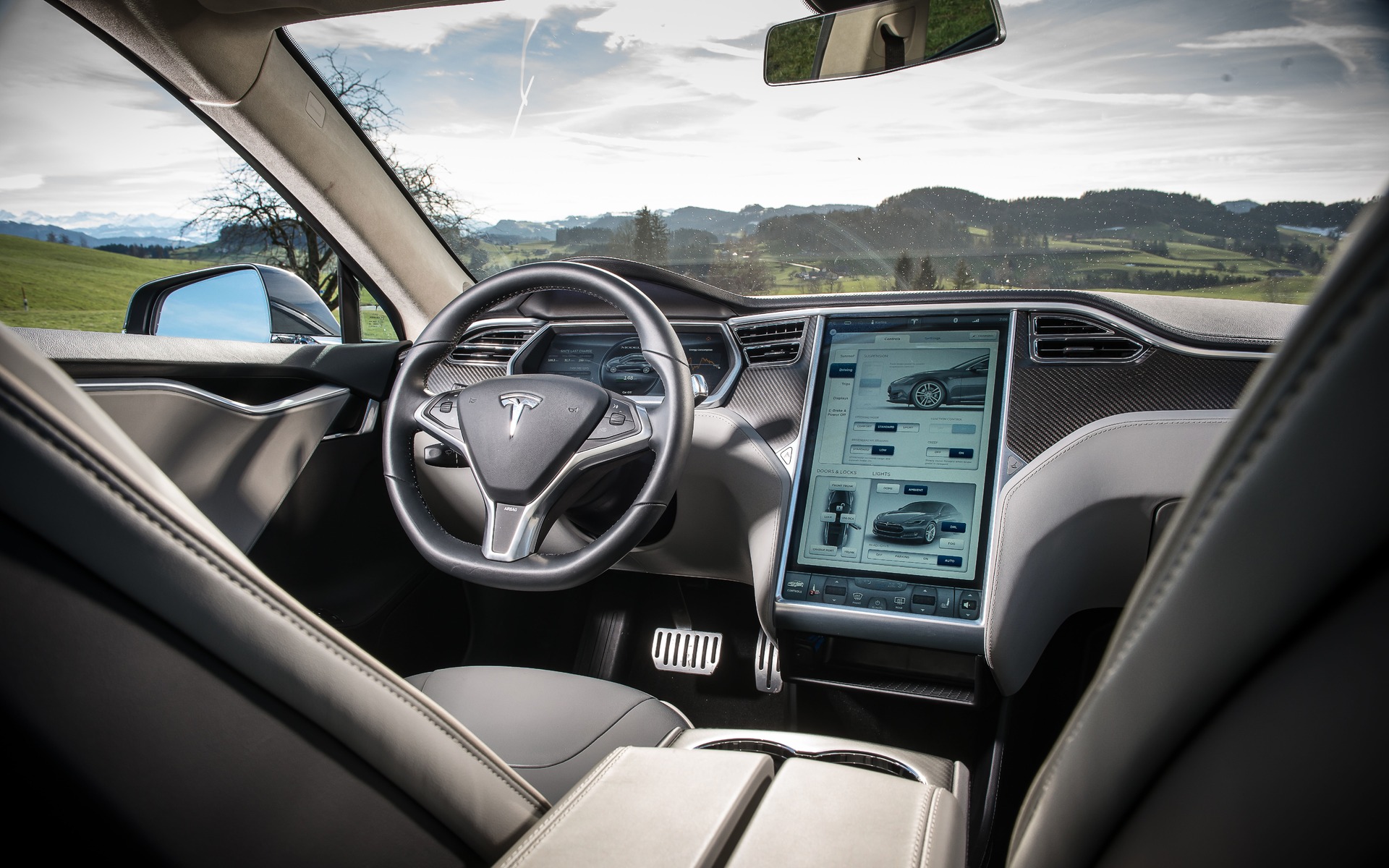Tesla’s Self-Driving Car: A Festival of Technology
You’ve surely heard the news, the Tesla Model S and Model X can drive themselves!
But that’s not actually true. Sure, on the highway, these cars no longer need the driver to hold the steering wheel, they can adjust their speed according to traffic flow, and they can even avoid reckless drivers. And if you want to change lanes, just press the indicator lever and the car will safely do all the work.
For the time being, however, you can’t just tell the car where you want to go and expect it to take you there. When driving at low speeds in the city, these cars can’t drive themselves or detect stop signs or red lights. Elon Musk, the company’s founder and leading thinker, says that future versions will have these capabilities.
So how do self-driving cars work?
It’s the combination of several technologies.
First, the car is equipped with different cameras and sensors tasked with a number of things, such as assessing the vehicle’s immediate environment every second. They also detect other cars, determine their trajectory and speed, and predict their next position to create a virtual safety barrier around the car. This allows the Tesla to avoid collisions, even those caused by other drivers.
Other cameras are used to see the lines on the road and keep you on the right track, while generating an assessment of the road you’re on.
Finally, the vehicle uses a global positioning system and road maps to enhance precision. Even better, each Tesla that passes over a given spot sends data to a central computer, which collects information from all the roads that Teslas take worldwide. So every time you go somewhere, the map gets more precise and can even adapt the vehicle to the road conditions, roadwork, etc.
It’s pretty impressive stuff!








